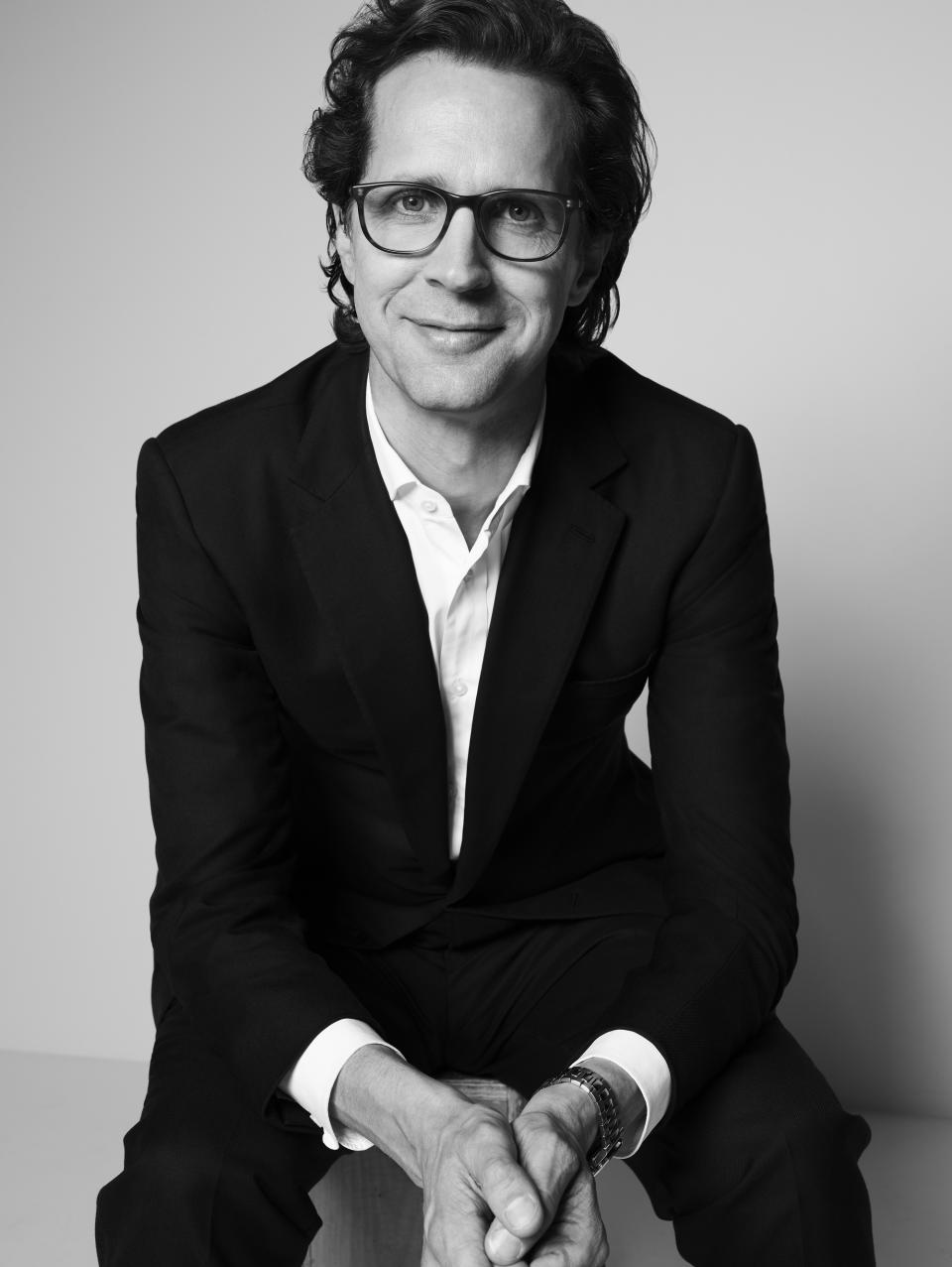PVH Outlook Hits Stock Hard, Prompting 22.2% Selloff
- Oops!Something went wrong.Please try again later.
- Oops!Something went wrong.Please try again later.

Updated 5:02 p.m. April 2
Stefan Larsson’s strategic remake of PVH Corp. has changed everything from how much the company spends on marketing to how much inventory it holds to how it thinks about its supply chain.
More from WWD
K-pop Band Stray Kids Star in Tommy Hilfiger Spring Campaign
CEO Stefan Larsson Points to Strategy as PVH Tops Q4 Earnings Estimates
But the full financial benefits of that work is taking longer than Wall Street was hoping — and many investors seem to have decided they aren’t going to wait around.
Shares of the Tommy Hilfiger and Calvin Klein parent dropped 22.2 percent to $108.68 on Tuesday, after the company topped fourth-quarter expectations but turned in a disappointing outlook for 2024.

Earnings per share this year are slated to increase slightly this year to a range of $10.75 to $11 — well below the $12.08 penciled analysts projected, according to Yahoo Finance. Revenues are expected to decrease by 6 percent to 7 percent — including a 2 percent cut from the sale of the company’s Heritage Brands women’s intimates business and a 1 percent hit from the extra week in last year’s fiscal calendar.
PVH tried to soften the blow by increasing its stock buyback program by $2 billion, after already paying nearly $1 billion to buy back 17 percent of the company’s shares over the past two years.
Stock buybacks generally support prices in the market, but it wasn’t enough on Tuesday, when the stock decline erased $1.8 billion from the company’s market capitalization, which shrunk to $6.5 billion.
The declines came during a generally down day for the market when most of fashion and retail was in the red, including Hanesbrands Inc., down 10.8 percent to $5.12; Levi Strauss & Co., 7.7 percent to $18.74; VF Corp., 6.7 percent to $14.28; Ralph Lauren Corp., 4.6 percent to $176.19, and Tapestry Inc 4.2 percent to $46.10.
Tom Nikic, an analyst at Wedbush, pointed out that PVH’s stock has nearly doubled over the last six months while the border market rose just 21 percent and chalked the outperformance up to “investor excitement over PVH’s margin improvement story.”
“However, they only guided to flat margins for 2024, which is problematic because investors believed they had so much margin tailwind that they could expand margins in 2024 regardless of the macro/revenue environment (freight, cotton, lean inventories, cost efficiencies),” Nikic said.
PVH didn’t have quite that much momentum, even after a strong fourth quarter.
On a conference call with analysts, Zac Coughlin, chief financial officer, said the company’s full-year operating margin would come in at 10.1 percent, flat with 2023.
“Looking ahead beyond 2024, we remain confident in our path to achieve the 15 percent operating margin target we committed in the PVH+ Plan,” Coughlin said, referring to the company’s now two-year-old strategic plan. “We will do that through improvements in both gross margin and [selling, general and administrative expenses]. We will take a significant step up in 2024 in gross margin through a focus on quality of sales and significant supply chain improvements. We expect to see the improvements continue beyond 2024.”
The CFO later conceded that it would be “exceedingly difficult” for the company to hit its operating margin target in 2025 given the forecast for this year.
But he added, “Given our progress across the P&L, our path to 15 percent remains fully intact, even if it may take a year or two longer.”
One of the hurdles the company is facing now is a certain shopping decline in Europe.

“We saw a consumer slowdown in Europe, especially in our two biggest markets Germany and the U.K. in January and February,” Larsson told analysts. “So what we’re doing is we are making sure that the focus is on quality of sales, and we are pulling the inventory down to the trends we see right now.
“Our strategy will always remain the same, which is to follow the demand that we see from the consumer and to do it in an increasingly profitable way,” he said.
Larsson is sticking to his plan, but it remains to be seen when investors will decide to buy into it again in a big way.
Best of WWD

